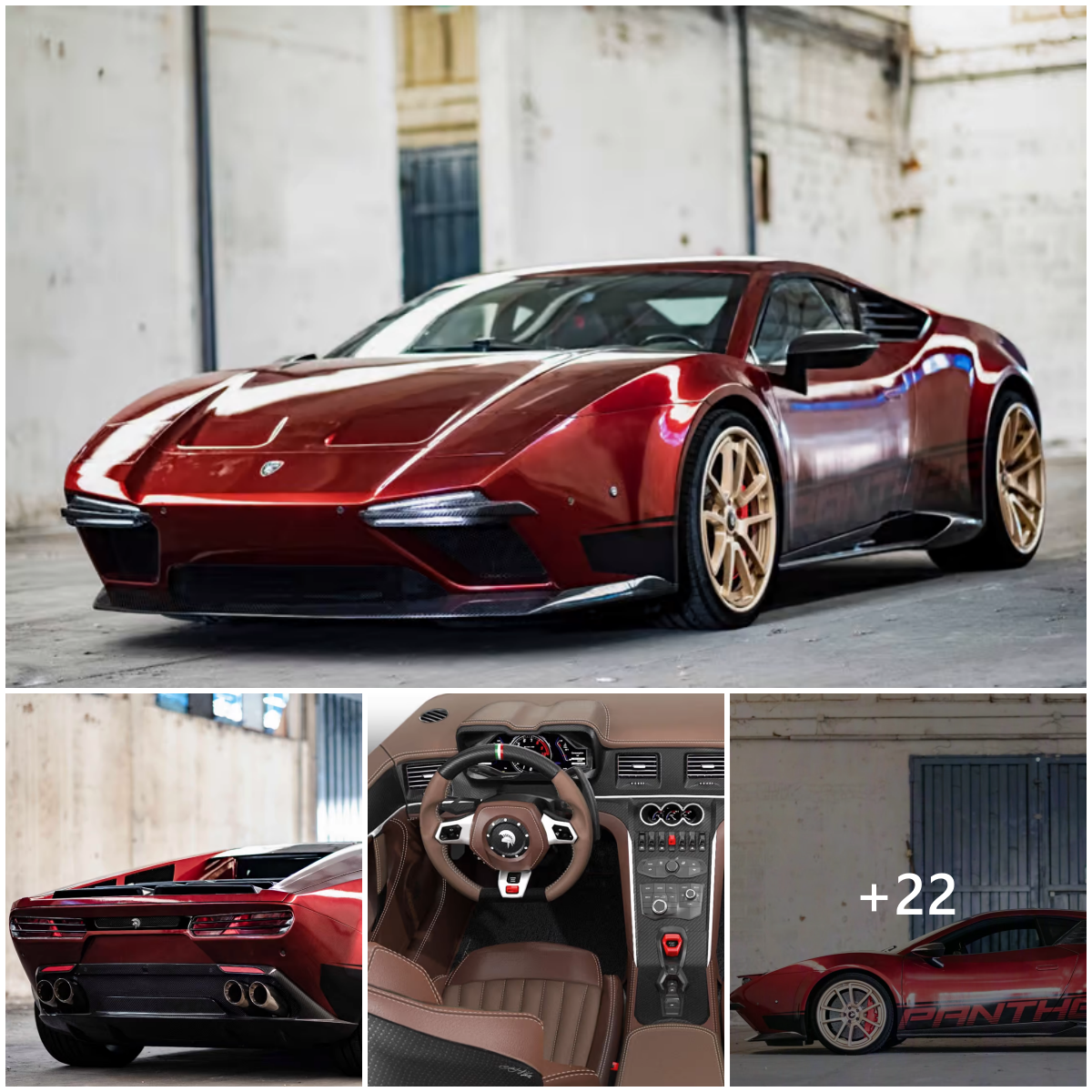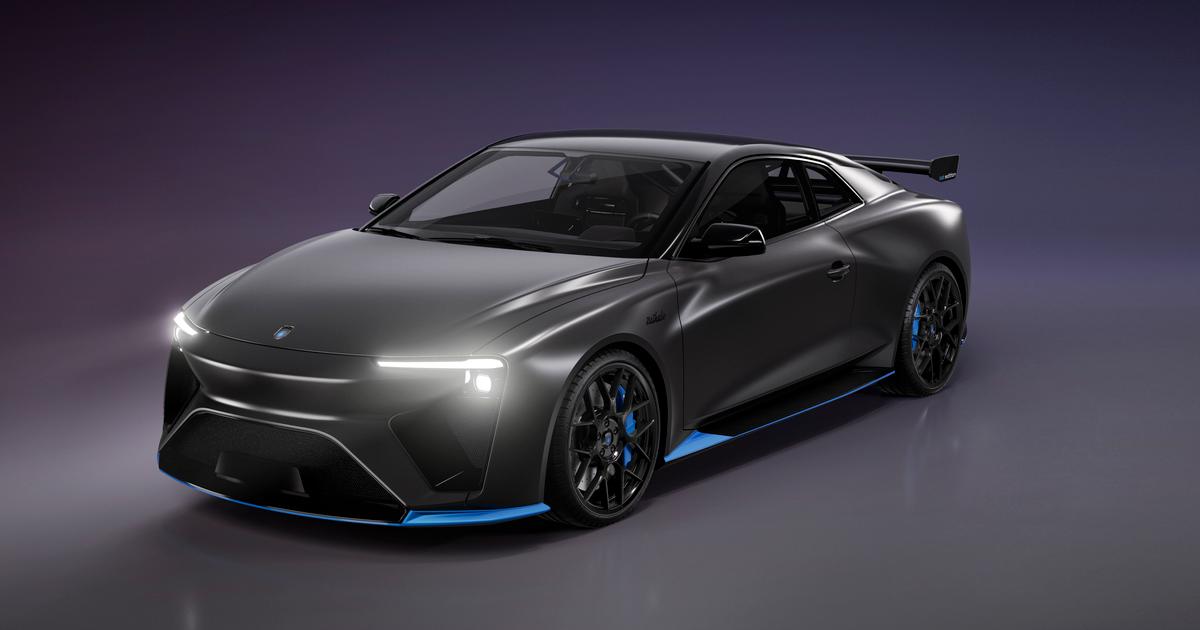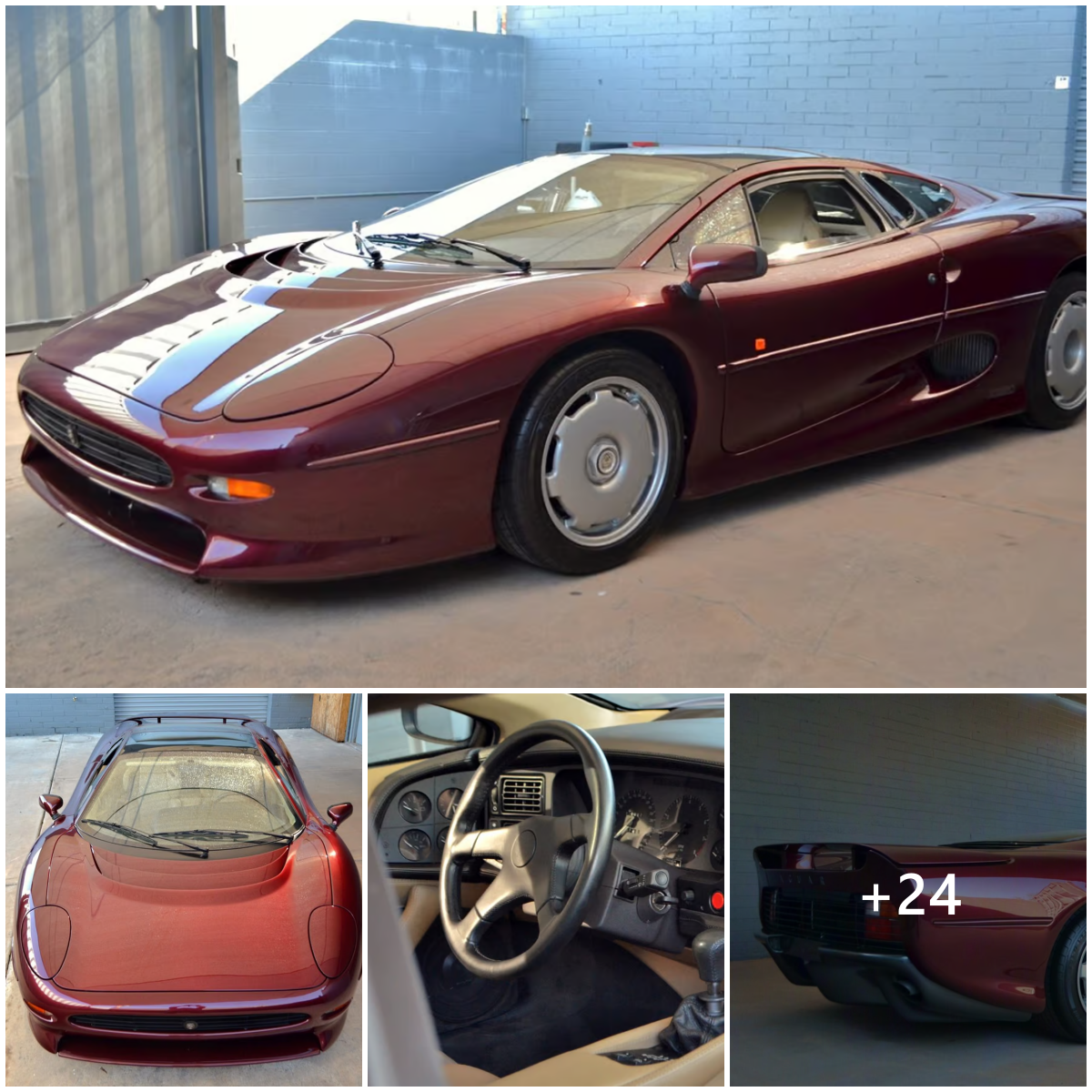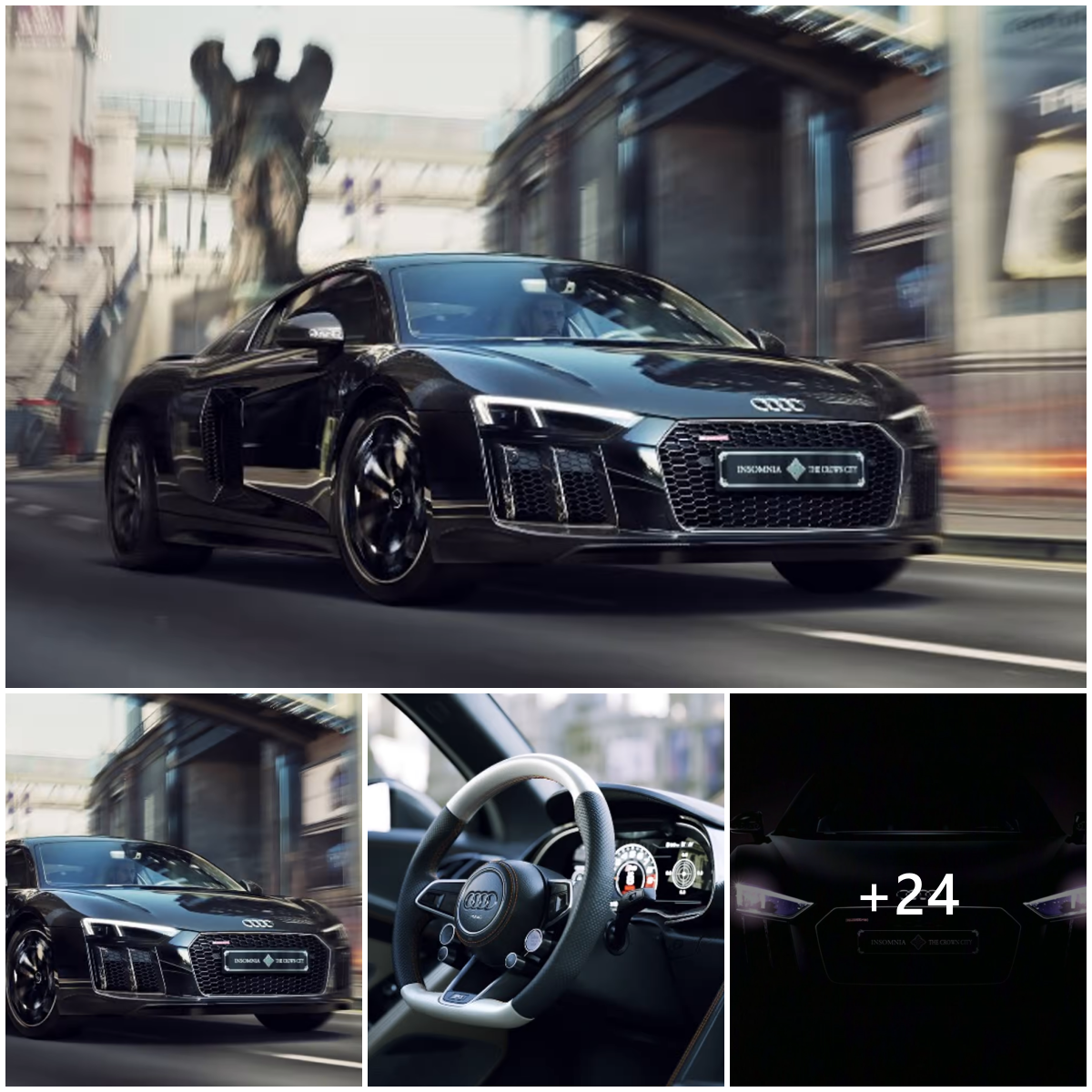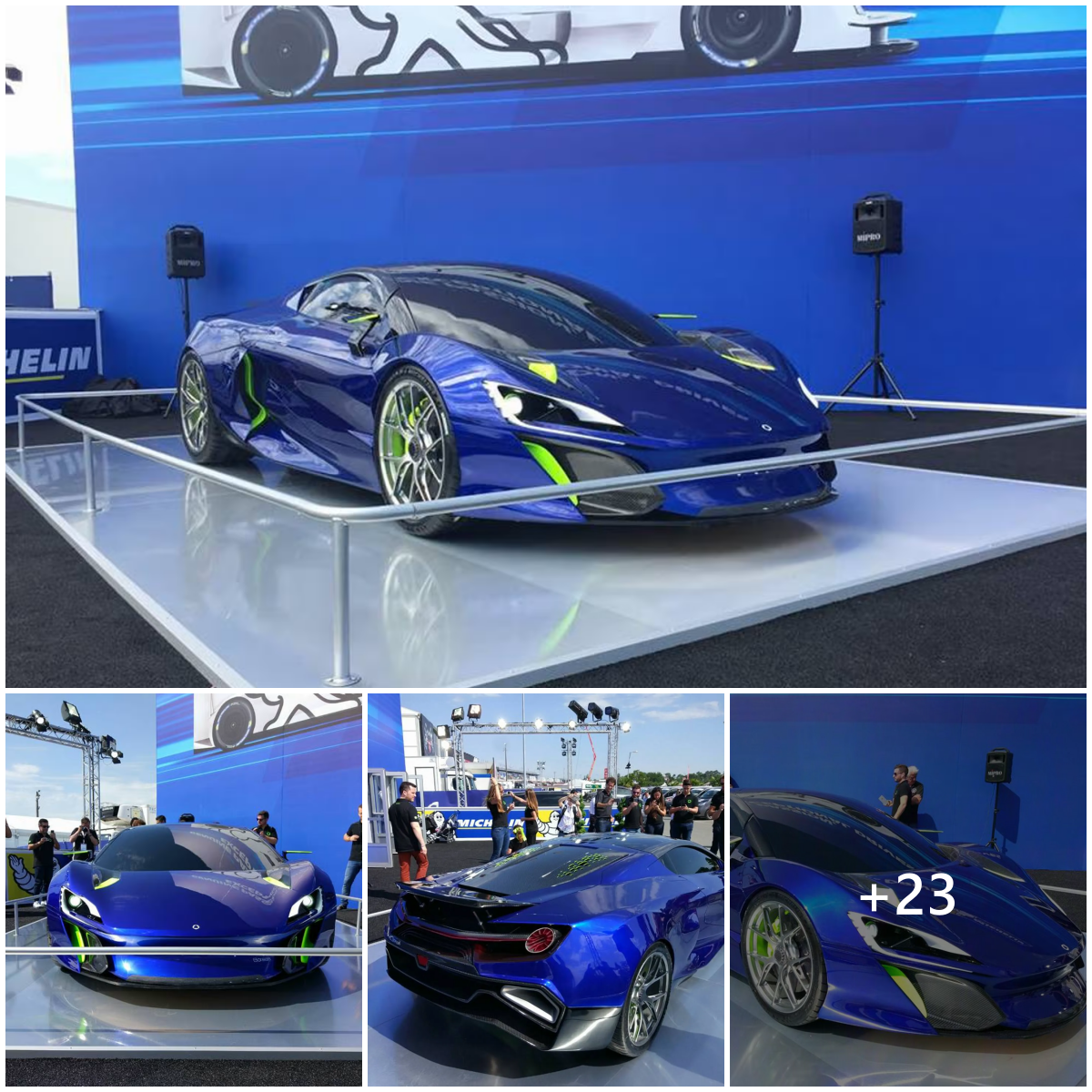McLaren set tongues wagging when it unveiled the 720S at the Geneva Motor Show. This latest supercar is built on a brand new chassis, clever aerodynamic elements, and some absolutely bonkers performance claims. So what’s the story behind that new face? New Atlas took a closer look, and had a chat with George Biggs, McLaren Head of Marketing for Asia Pacific, at the Australian launch.
There’s no getting away from just how impressive the figures on the 720S are. Power comes from a new turbocharged M4080T V8 engine with 710 hp (529 kW) of power and 770 Nm of torque. More than 40 percent of the internal engine components are totally new for the updated Super Series flagship. It takes 2.9 seconds to hit 100 km/h (62 mph) and just 7.8 seconds to smash through the 200 km/h (124 mph) mark. Top speed is north of 340 km/h (211 mph).
Stopping your car from becoming a low-flying aircraft at speeds like that isn’t easy, and the design team at McLaren has never worked with big wings or tacked-on aerodynamic elements. The active rear wing is still there, but the silhouette is completely new. It’s more dramatic than any other car to roll out of the MTC in Woking, with air intakes surrounding the headlamps and F1-inspired barge boards on the door panels.
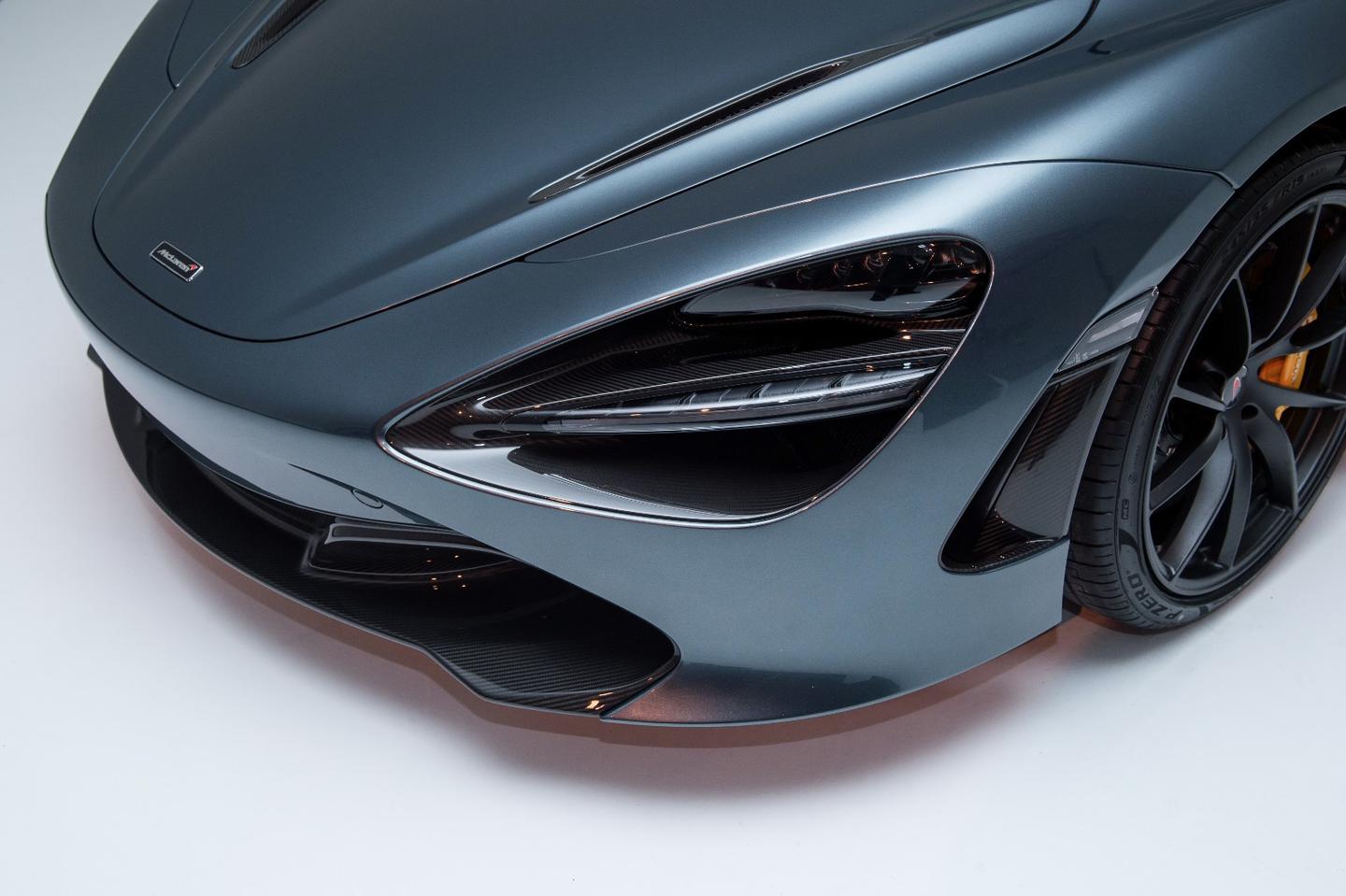
McLaren
The rear diffuser is pure automotive art, such is its complexity, and the minimalist brake lights are absolutely stunning – even in the pictures. But the internet wasn’t sure about the design of the 720S after it launched, with most criticism aimed at the headlamps. The air intake and light combination looks a bit awkward in pictures, and appears to lack the elegance of, say, a Ferrari 488 GTB from front on.
“When you start to understand more about the theory and the basis for the design, you start to appreciate it a lot more,” says George Biggs. “I think the headlights are one thing which has been subjective and controversial since we first launched it. As I’ve spoken to more and more people, they’ve started to appreciate and understand what it’s actually there for, and therefore becomes beautiful in its own functionality.”
There’s no doubting the front-end is much, much better looking in person than in pictures. It’s a tough thing to explain, but the “eye socket” looks clean and simple in the metal. When the MP4-12C launched in 2011, it was widely criticized for looking a bit sterile, and the 650S also struggled to stand out. Trust us, that isn’t a problem here. The 720S has some serious presence up front, and the sweeping rear flanks will make petrolheads weak at the knees. It feels like McLaren design has finally found its mojo, and Ferrari should be nervous.
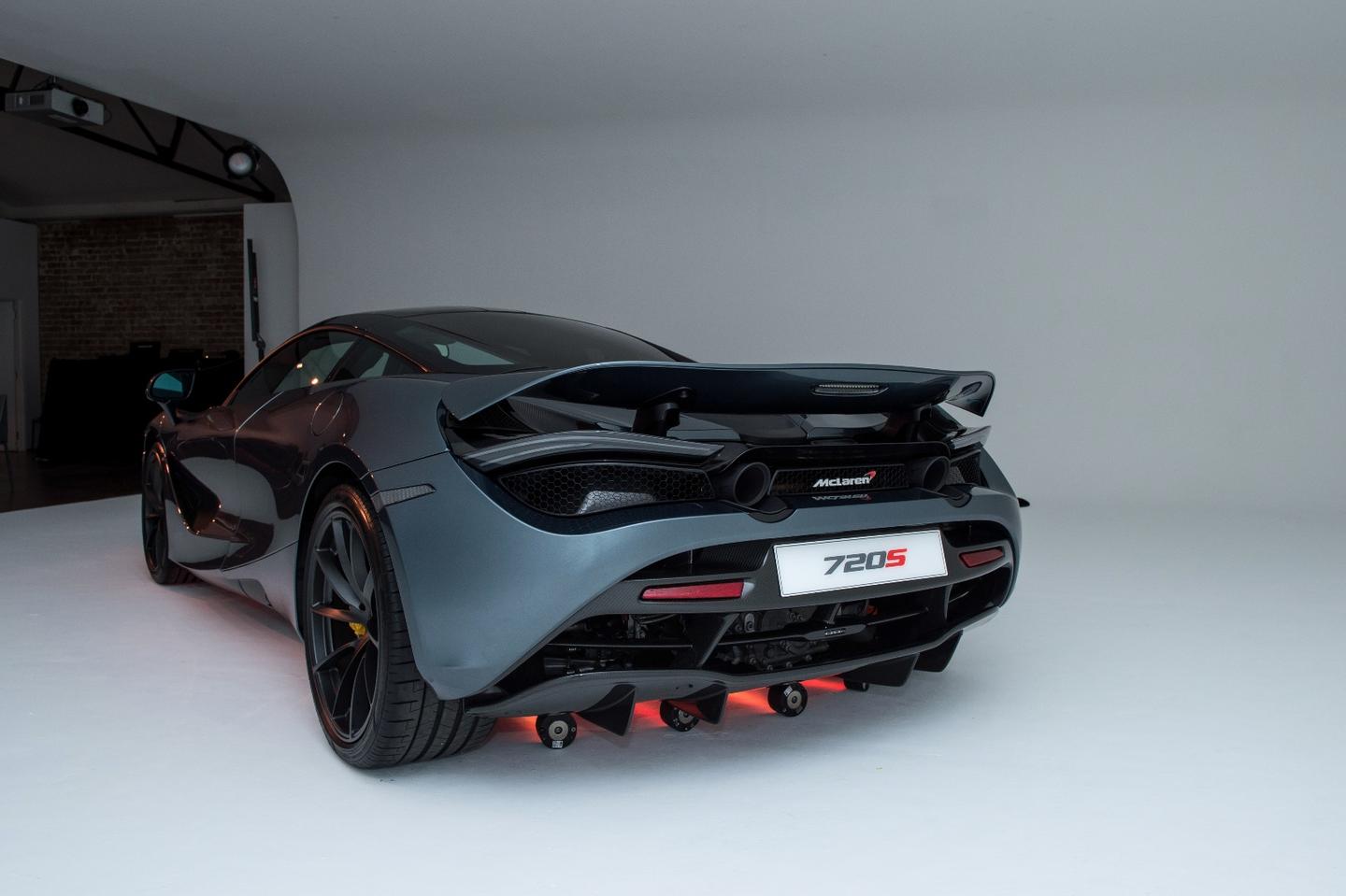
McLaren
Under the skin, the engineers in Woking have taken the carbon fiber chassis from the 650S to another level. The driver compartment from the outgoing Super Series makes way for the stiffer MonoCage II with more interior space, improved outward sight lines and lower door sills.
“We’ve got the carbon fiber MonoCage II, which is the core structure of the car,” says Biggs. “That has a number of pieces that can help us. It lowers the center of gravity … and it allows us to decrease obstructions to the driver. When you sit inside, you can see the C pillar behind you is glazed, so you can see straight through it.”
Practicality isn’t the only reason McLaren has reworked its MonoCage chassis. The clever adaptive suspension system makes use of 12 more sensors than before, hooked up to a reworked Optimal Controller Algorithm. It adjusts the damping of each individual wheel on the move, delivering a smooth ride on rough roads and a stiffer setup when the driver starts throwing the car around. Along with the smarter suspension there’s a new Variable Drift Control system, designed to make oversteer more accessible.
“I drove it most recently in Rome, taking it from the cobbled streets and dodging Italian guys in vans trying to take photos of the car,” Biggs says. “Then we took it to the track, and one of the things – beyond the acceleration, the power which it clearly has – one thing that stood out to me is the brakes. The way that car can shed off speed and get down into the corners… is absolutely phenomenal.”
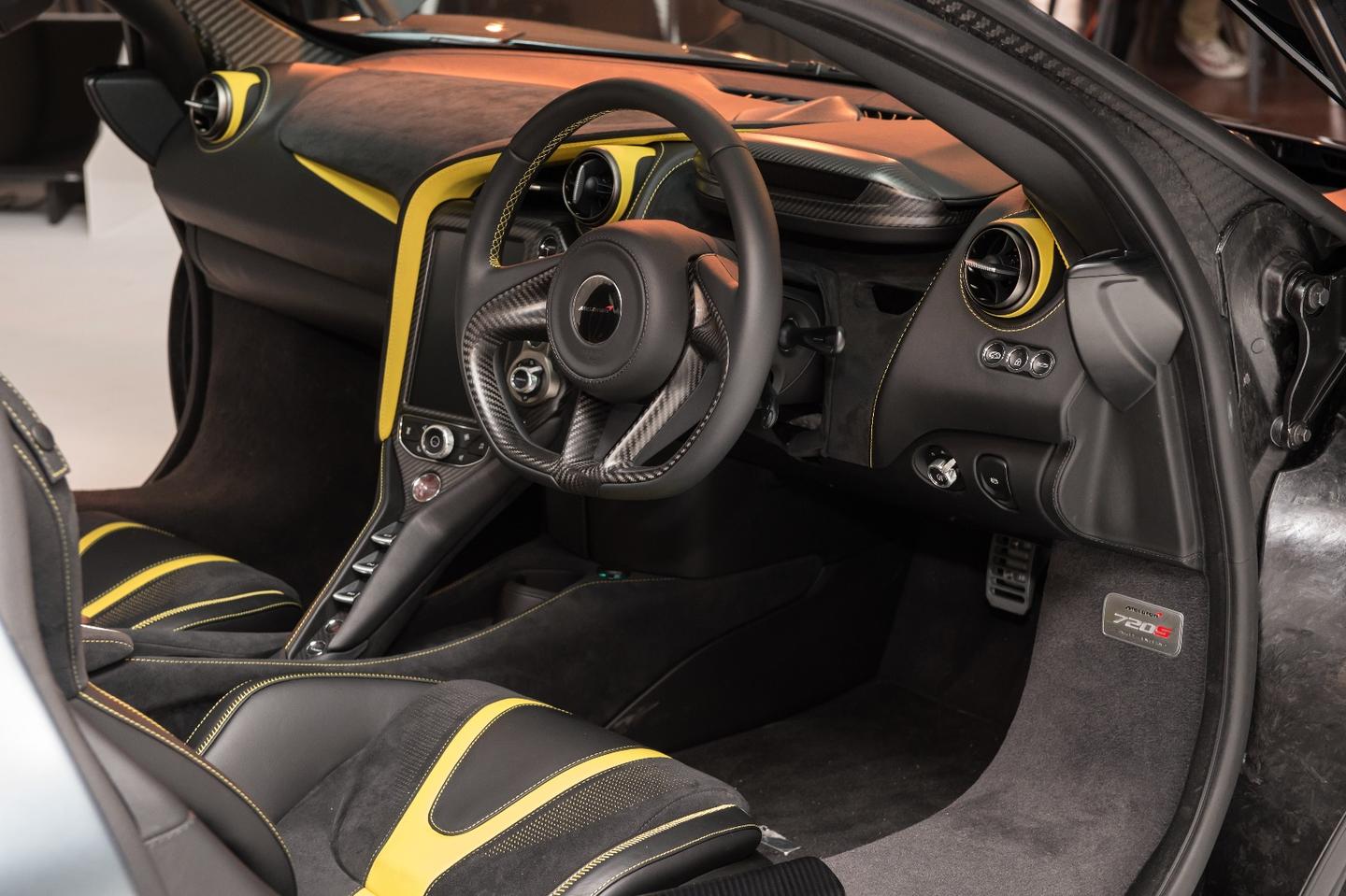
McLaren
From behind the wheel, there’s no mistaking the 720S for anything but a McLaren. The vertical Iris touchscreen still has pride of place in the center console, and the steering wheel is devoid of buttons. As you’d expect, all the materials feel high-quality, and the range of trim finishes on offer through McLaren Special Operations borders on endless. But the star of the show is undoubtedly the new folding driver display.
It looks like the display you’d get in the 570S or 675LT in regular drive modes, with plenty of info about your speed, revs, engine temperature and infotainment. But flick into Track Mode and the whole display rotates to reveal a pared-back readout with just revs and speed on show. It’s probably not necessary – okay, it’s definitely not necessary – but the process is undeniably cool.
The 720S doesn’t come cheap – prices start at around US$250,000 (AUD$489,900 in Australia). But we think it looks better than any McLaren before it, and should drive like almost nothing else. Forget boring, the supercar upstart has fully arrived on the big stage. You can check out the 720S in the video below.
Source: McLaren
McLaren 720s Super Series with Ayrton & Bruno Senna – Raise your Limits

